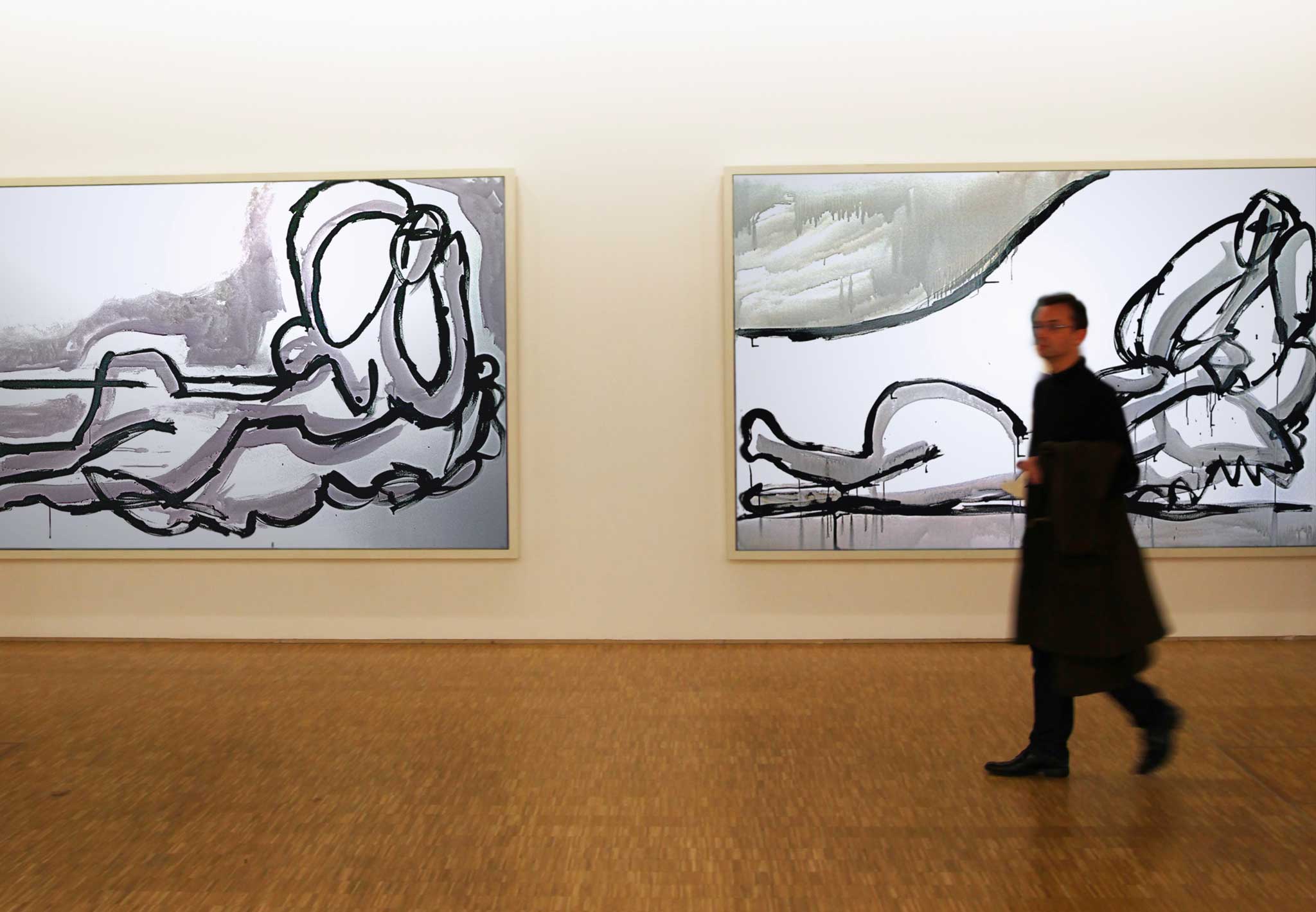
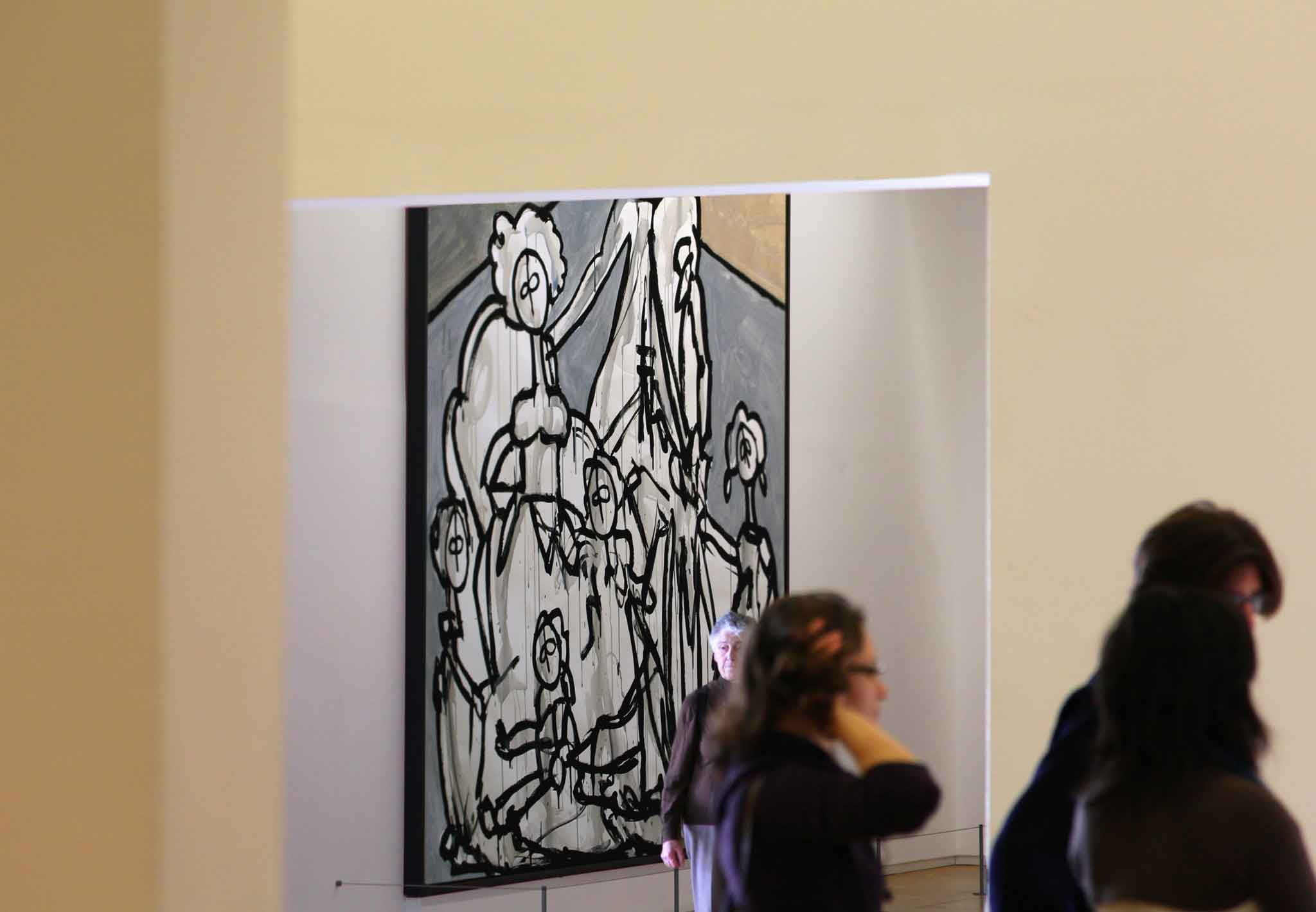
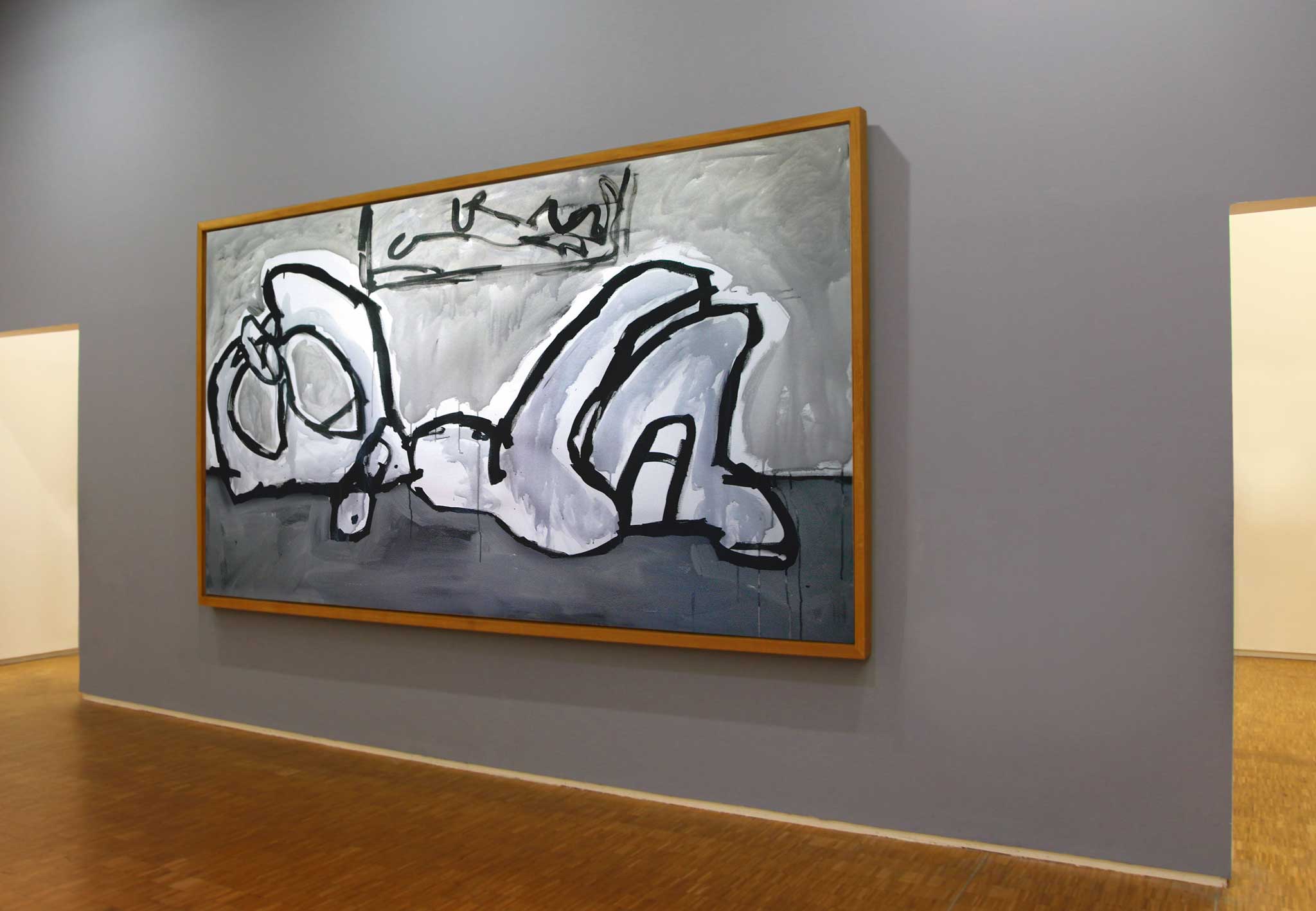
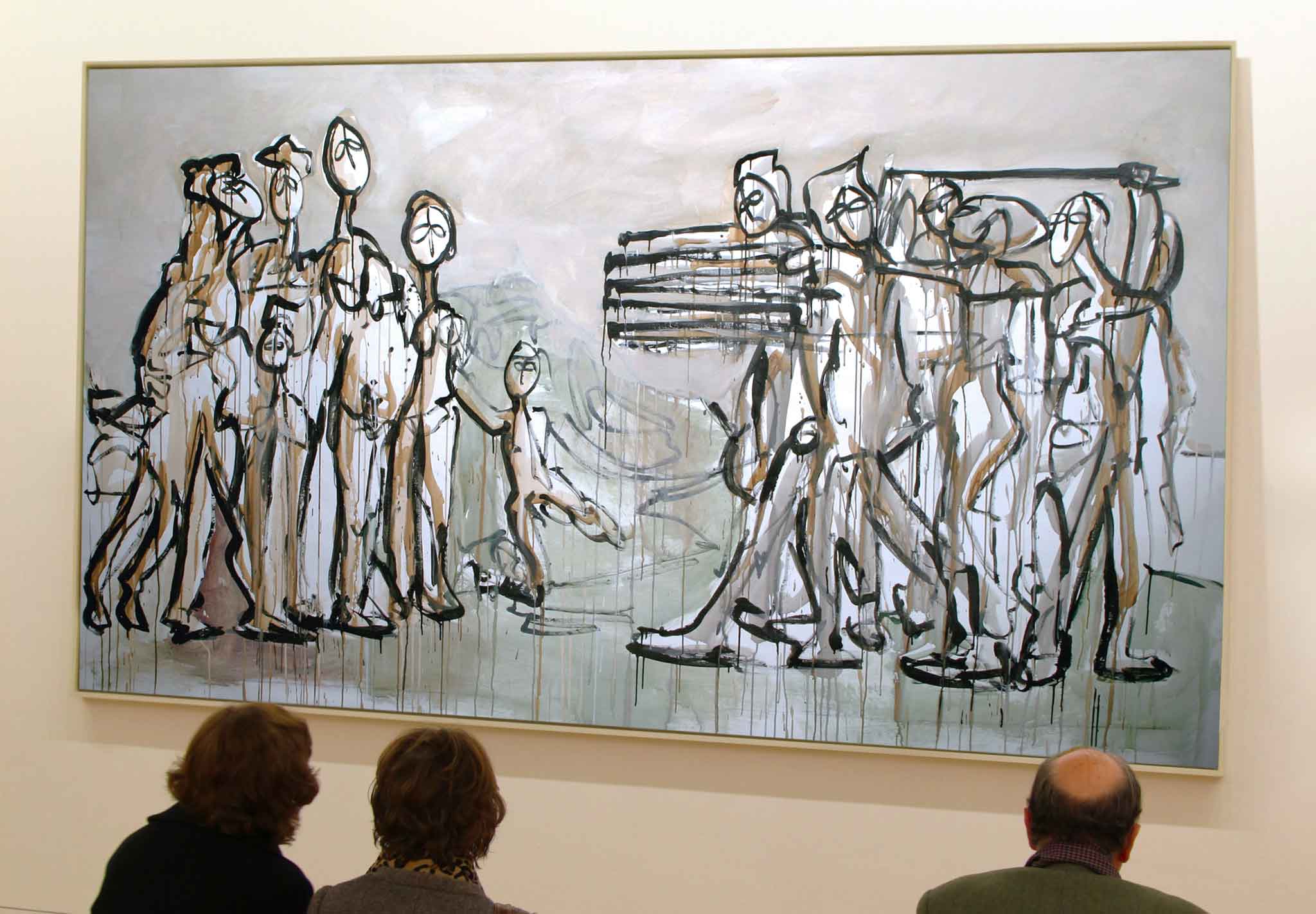
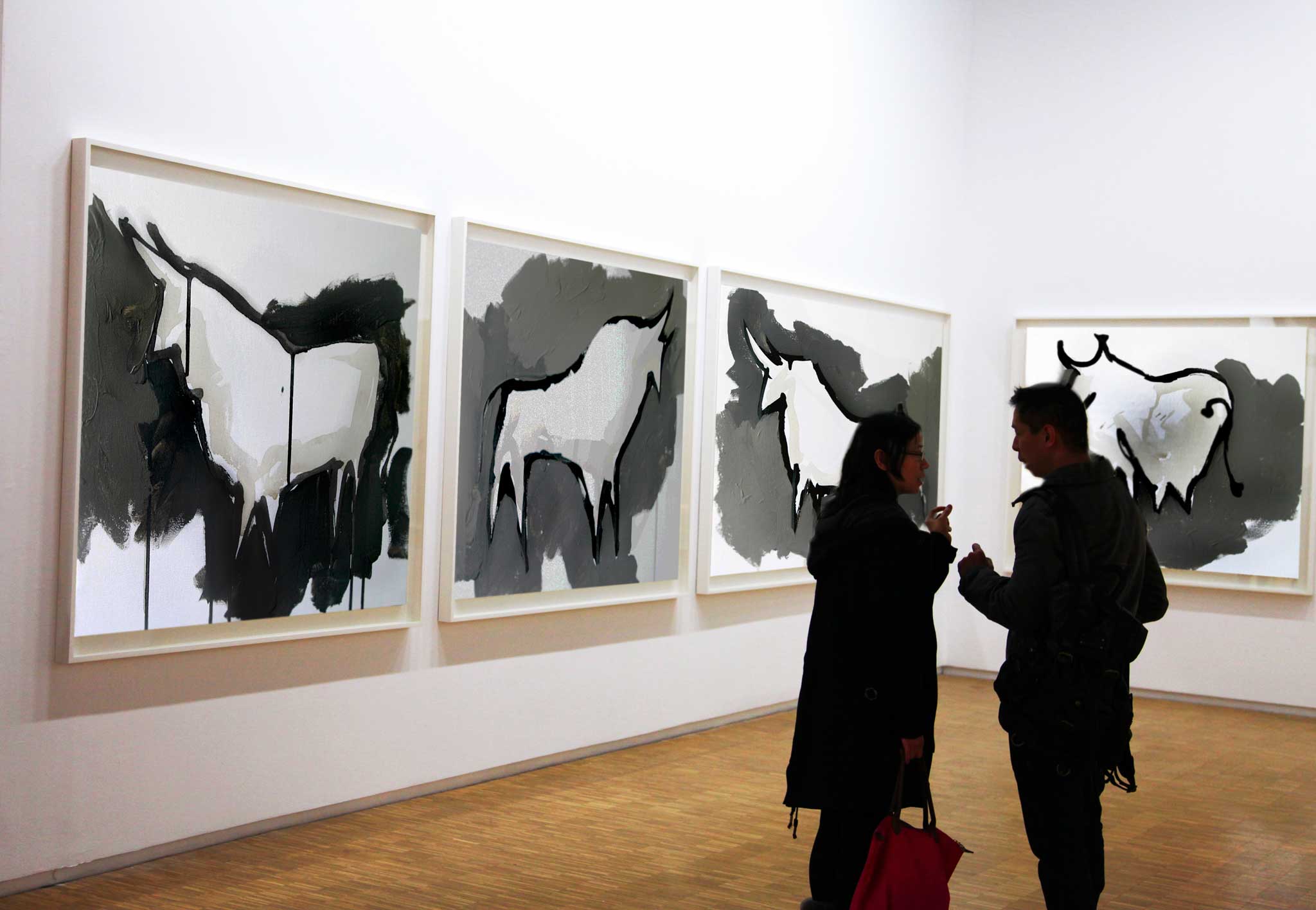
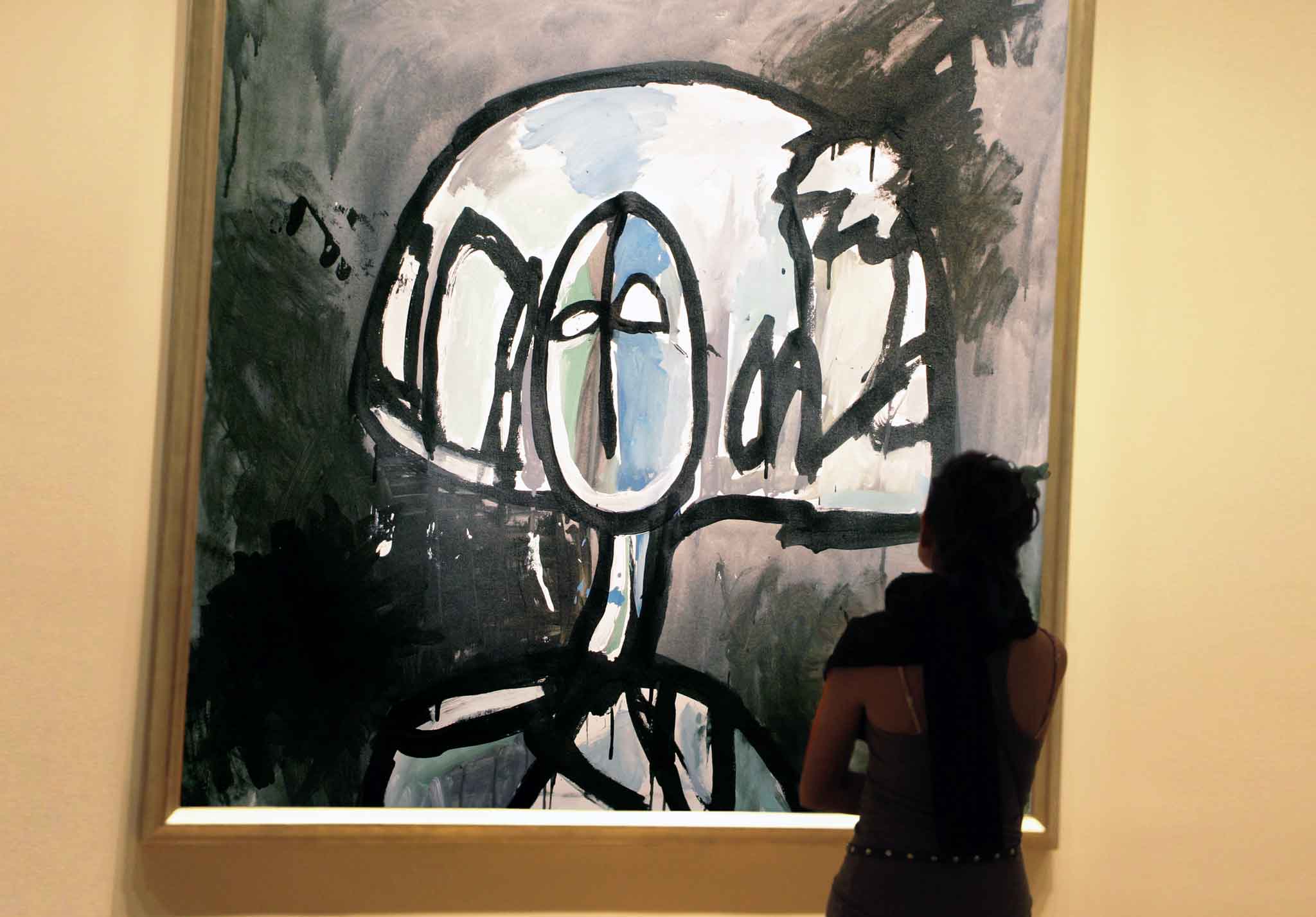
Paintings
Extract of: Looking to the Past to reinvent the Future
Antonio de Santiago. International Spanish Association of Art Critics.
Vasily Kandinsky said in his book Point and Line to Plane that “sometimes a painter speaks for his work and at other times his work speaks for him”. If he was referring to the capacity to introduce a meta-language into abstract painting, his words can be readily paraphrased to describe the work of the painter José Fuillerat, an artist whose work speaks for itself.
Through the use of polished technique and monumental scale, Fuillerat’s ambitious work demonstrates a profound comprehension and understanding of the great masters of the past. It’s in that knowledge where his deep love for history is born, a source that has inspired him to retake with new energy the most universal pictorial themes and paint a whole series of interpretations based on celebrated pictures by Goya, Velazquez, El Greco, Rembrandt and Delacroix.
Dialogue with the pictorial legacy
As Picasso did with his own past, Fuillerat studies his predecessors and subjects them to his critical deconstructionist eye, to later reimagine those same structural lines that make their pieces into “masterpieces”. Being so the result of an undeniable talent, however his true genius lies in the fact that, by freeing up technique and giving the utmost agility to the line, he distorts figures into precisely the shapes that achieve his own “subjective reality”.
Thanks to this magnificent coup de grâce Fuillerat’s work establishes itself as a contemporary vindication of his visual legacy, captured with a pounding tactile aesthetic as sensorial and intimate as analytically schematic, and vigorously brings to bear the full force of natural rhythms.
A game of deconstruction
But let’s leave words alone. As Kandinsky said, let this work speak for itself. Allow forms, extrapolated to the simplicity of the without-ending line and the most absolute austerity of color, speak to us of the game of the underpinnings present in everything that surround us; the game of skeletons, of masterful lines, of reinterpretation itself; the game and interplay of History, of time, and of looking to the past to reinvent the future; the game of José Fuillerat.

